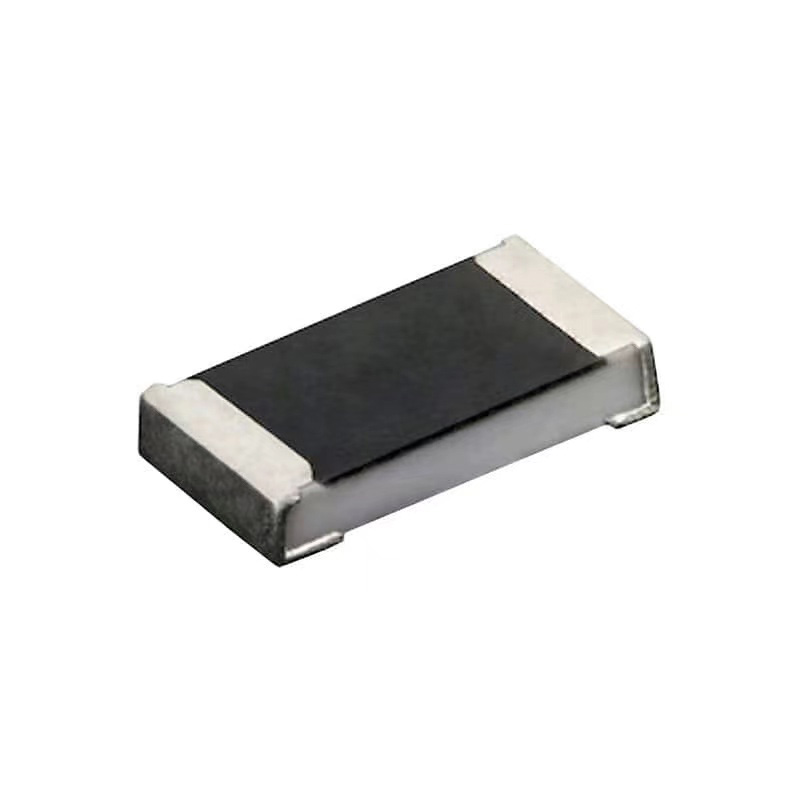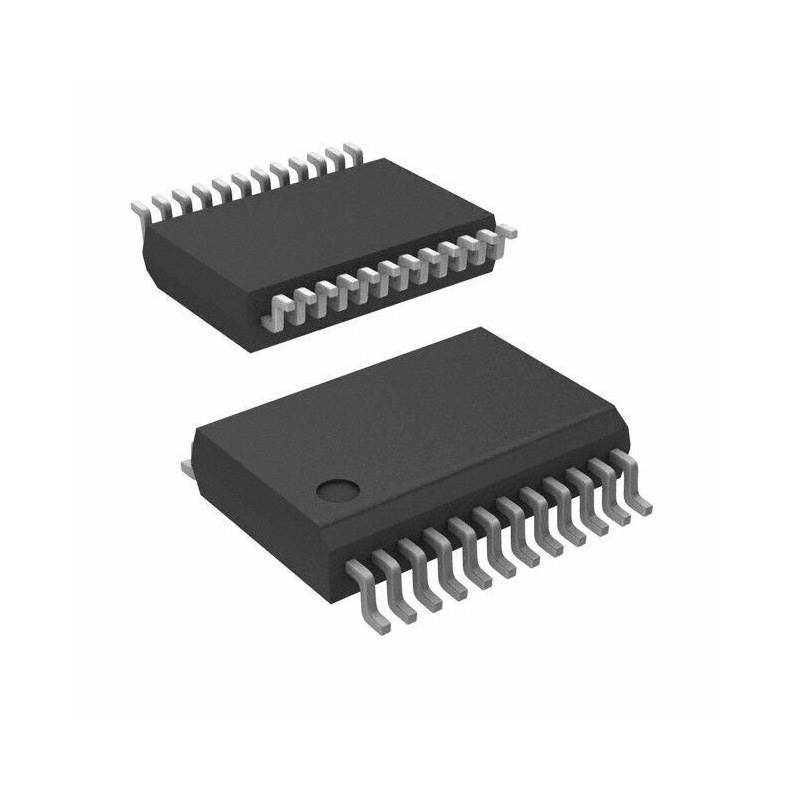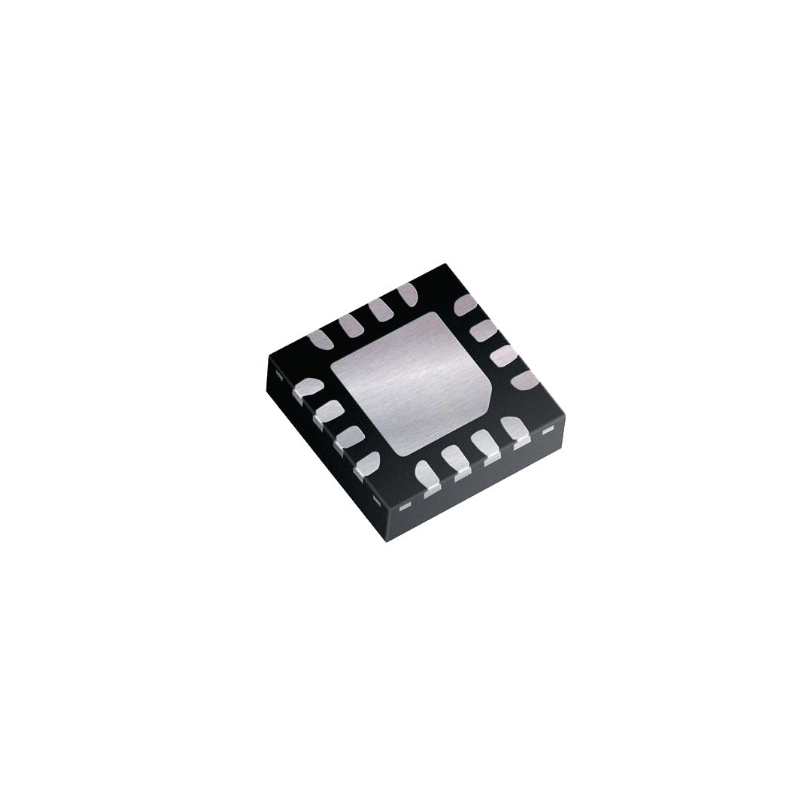Gain of an Instrumentation Amplifier
Update Time: Oct 16, 2023 Readership: 1696
Contents
Introduction
Gain is a fundamental concept in electronics, particularly when it comes to amplification. In the realm of instrumentation amplifiers, the notion of gain plays a pivotal role in determining the ability to amplify signals accurately. Gain can take various forms, such as voltage gain, current gain, or power gain, depending on the context. This article explores the concept of gain in instrumentation amplifiers, delving into the formulas, equations, and common-mode gain.
What is Gain in Instrumentation Amplifier
In electronics, "gain" measures a circuit's ability to amplify a signal. It's often used in amplifiers to increase signal power or amplitude. Gain is typically the ratio of output to input power or amplitude, often expressed in decibels (dB). It can describe voltage gain, current gain, or power gain, depending on the context. In amplifiers, "gain" usually refers to voltage gain for audio and general use and power gain for radio frequency applications. Gain is also used in sensors, specifying units like "5 microvolts per photon" for responsiveness. In bipolar transistors, "gain" denotes hFE (or "beta"), representing static Ic/Ib ratios, or hfe, for small-signal current gain. Gain is a versatile and vital concept in electronics, adapting to different contexts.
Instrumentation Amplifier Schematic
Instrumentation Amplifier Gain Formula and Equation
To calculate the output voltage of an instrumentation amplifier, you typically use the following equation:
Instrumentation amplifier circuit schematic
The gain equation for an instrumentation amplifier can be expressed as follows:
In a balanced circuit configuration, where all resistor values are uniform, except for the gain resistor (Rgain), you can streamline the output voltage and gain equations for an instrumentation amplifier as follows:
Instrumentation Amplifier Common Mode Gain
The common-mode gain (ACM or Acm) of an instrumentation amplifier is a measure of how much the amplifier amplifies signals that are common to both of its inputs, often referred to as common-mode signals. The common-mode gain is ideally zero in a well-designed instrumentation amplifier, indicating that it should reject common-mode signals, only amplifying the differential signals of interest.
In an ideal instrumentation amplifier, the common-mode gain is minimized due to its high common-mode rejection ratio (CMRR). CMRR is a critical specification for instrumentation amplifiers, representing their ability to reject common-mode signals. A high CMRR indicates excellent common-mode rejection, which is desirable in applications where common-mode noise or interference needs to be minimized.
While the common-mode gain is theoretically zero in an ideal instrumentation amplifier, in practice, no amplifier is entirely perfect. Imperfections in real-world components, resistor tolerances, and other factors may lead to some residual common-mode gain. However, good instrumentation amplifiers are designed to keep this common-mode gain as low as possible to ensure accurate amplification of differential signals while rejecting common-mode noise.
To express the common-mode gain mathematically:
Common-Mode Gain (ACM or Acm) = Vout_common-mode / Vin_common-mode
In an ideal instrumentation amplifier, this common-mode gain should approach zero, but in practice, it may be very small due to the high CMRR. Reducing the common-mode gain is essential for maintaining the accuracy and precision of measurements in instrumentation and data acquisition systems.
Differential Gain of Instrumentation Amplifier
The differential gain of an instrumentation amplifier (in-amp) is a measure of how much the amplifier amplifies the difference between the voltages at its non-inverting (+) and inverting (-) inputs. It represents the amplification factor for the desired signal or the component of the input signal that is in phase with the desired measurement.
Mathematically, the differential gain (Ad) can be expressed as:
Ad = Vout / (Vin+ - Vin-)
|
Term |
Description |
|
Ad |
Differential gain of the instrumentation amplifier |
|
Vout |
Output voltage of the instrumentation amplifier |
|
Vin+ |
Voltage at the non-inverting input |
|
Vin- |
Voltage at the inverting input |
The purpose of an instrumentation amplifier is to amplify this differential voltage while rejecting common-mode signals (signals that are present at both the non-inverting and inverting inputs) to minimize noise and interference.
In summary, the differential gain of an instrumentation amplifier measures its ability to amplify the specific differential signal of interest, making it a key parameter in applications where accurate amplification of the difference between two input voltages is critical.
Does an instrumentation amplifier have a gain
Yes, an instrumentation amplifier (IA) does have gain as one of its primary characteristics. Instrumentation amplifiers are designed to provide significant amplification for very low-level signals, especially in scenarios where there are high levels of noise. The key features of instrumentation amplifiers include high gain, a substantial common-mode rejection ratio (CMRR), and very high input impedance. These attributes make instrumentation amplifiers particularly well-suited for applications where the amplification of weak signals and the rejection of common-mode noise are essential, such as in precision measurements and sensor interfacing.
What is the gain value of an amplifier
The gain value of an amplifier is determined by calculating the ratio of the output voltage to the input voltage. In other words, it is found by dividing the output voltage by the input voltage. This ratio quantifies how much the amplifier amplifies the input signal. The gain value is a key parameter for amplifiers, as it defines the level of signal amplification that the amplifier provides. It is usually expressed as a dimensionless number or in decibels (dB) for logarithmic representation.
What determines the gain of an amplifier
The gain of an amplifier is determined by the relationship between the output voltage and the input voltage. In the context of an operational amplifier (op-amp) or other types of amplifiers, gain is often calculated as the ratio of the output voltage to the difference between the two input voltages (VIN1 - VIN2). This difference represents the differential input voltage.
Which amplifier has high gain
Cascade amplifiers, indeed, are known for providing high gain among amplifier configurations. A cascade amplifier is formed by connecting multiple amplifier stages in a series or cascade arrangement. Each stage amplifies the signal, and the output of one stage is connected to the input of the next stage.
Should common mode gain be high or low
Common-mode gain should ideally be low, while CMRR should be high, as this indicates better rejection of common-mode signals and better performance of the amplifier in amplifying only the differential signals of interest.
What is the difference between power and gain
Power refers to the strength or magnitude of a signal, often measured in units like watts (W) or dBm (decibels relative to one milliwatt).
It quantifies the actual energy or intensity of a signal, such as the power of an electrical signal, a light signal, or any other form of energy.
Gain, on the other hand, represents the amplification or increase in the magnitude of a signal by an amplifier or a system.
It is a dimensionless value often expressed in decibels (dB) that indicates how much an amplifier multiplies the input signal's strength.
Conclusion
In the world of electronics, understanding gain is essential, especially when dealing with instrumentation amplifiers. Gain represents the amplification capabilities of these amplifiers, allowing us to enhance the strength of signals and extract valuable information. By calculating gain, we can determine how effectively an amplifier multiplies the input signal's strength, whether it's voltage, current, or power. The ability to differentiate between common-mode and differential gain is crucial for precision measurements and signal processing. In practice, while striving for an ideal common-mode gain of zero, real-world applications often exhibit some residual common-mode gain. However, by maintaining high common-mode rejection ratios (CMRR), instrumentation amplifiers ensure that common-mode noise and interference are minimized.
Reference: https://en.wikipedia.org/wiki/Instrumentation_amplifier
Instrumentation Amplifier Products: https://www.ovaga.com/products/detail/ad8221
Popular Blogs
-
![PCA9617ADPJ Datasheet | NXP Semiconductors]()
PCA9617ADPJ Datashee...
The PCA9617ADPJ is a signal buffer and repeater ...
-
![D882 Transistor Pinout, Equivalent, Uses and Datasheet]()
D882 Transistor Pino...
The D882 transistor is a commonly used NPN bipol...
-
![C1815 Transistor Datasheet, Pinout, Equivalent, Voltage, Circuit and Uses]()
C1815 Transistor Dat...
The C1815 is a general purpose NPN transistor us...
-
![C945 Transistor Datasheet, Pinout, Equivalent and Uses]()
C945 Transistor Data...
The C945 transistor is a small, low-power NPN bi...



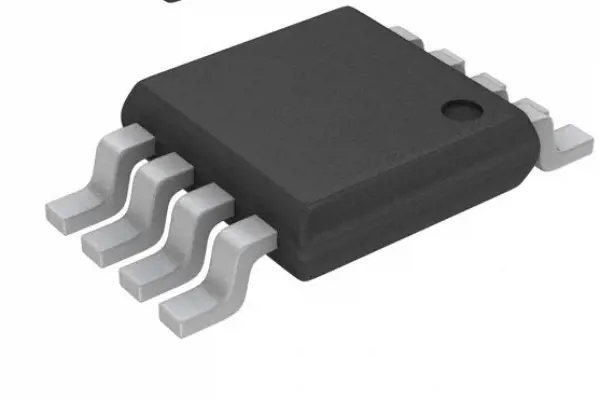

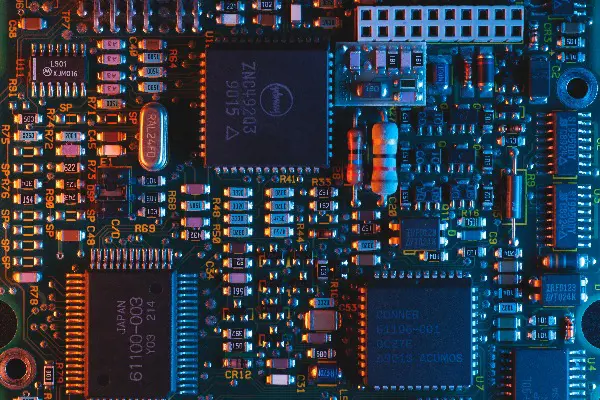
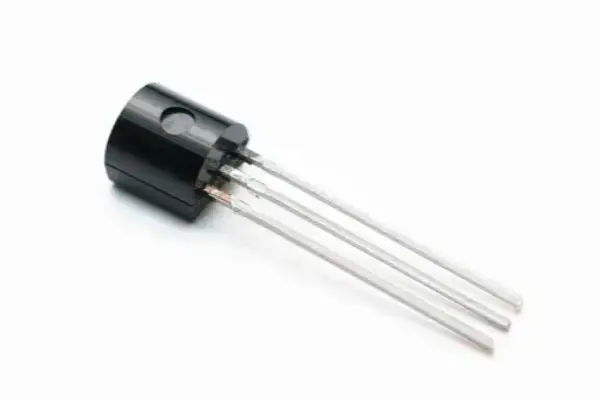

















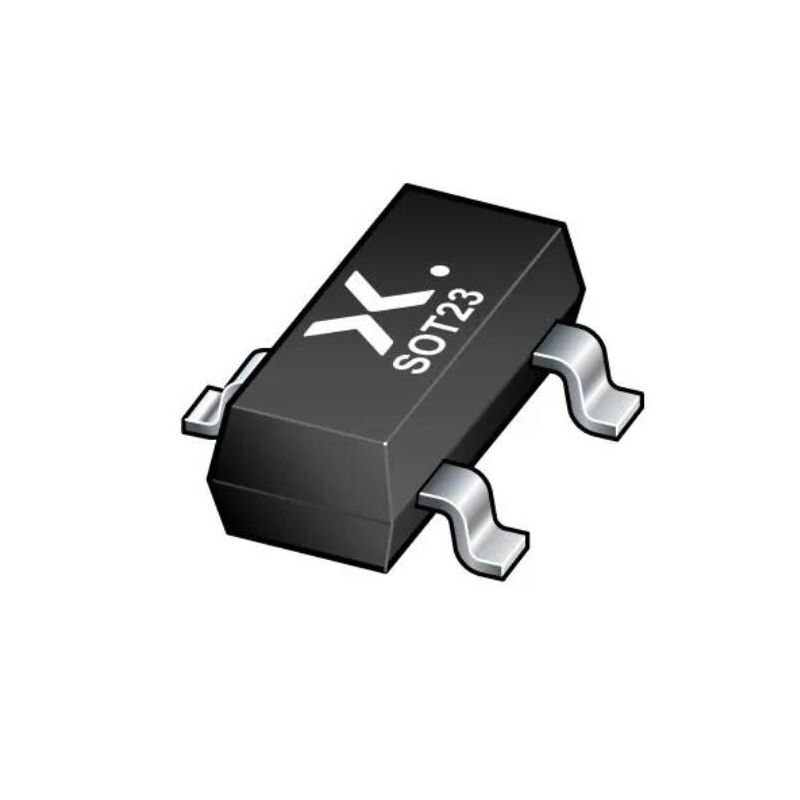
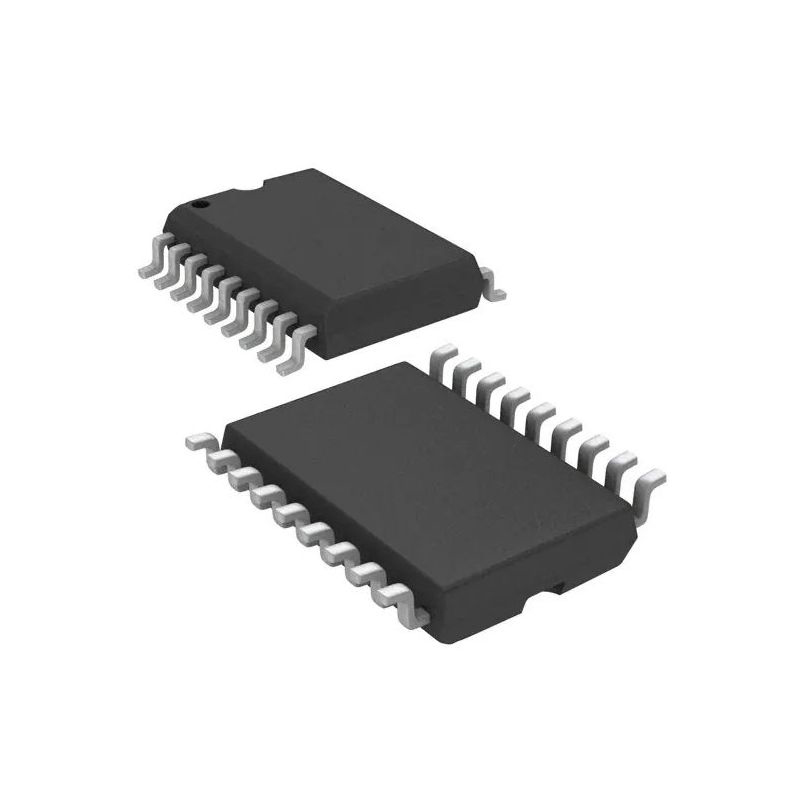



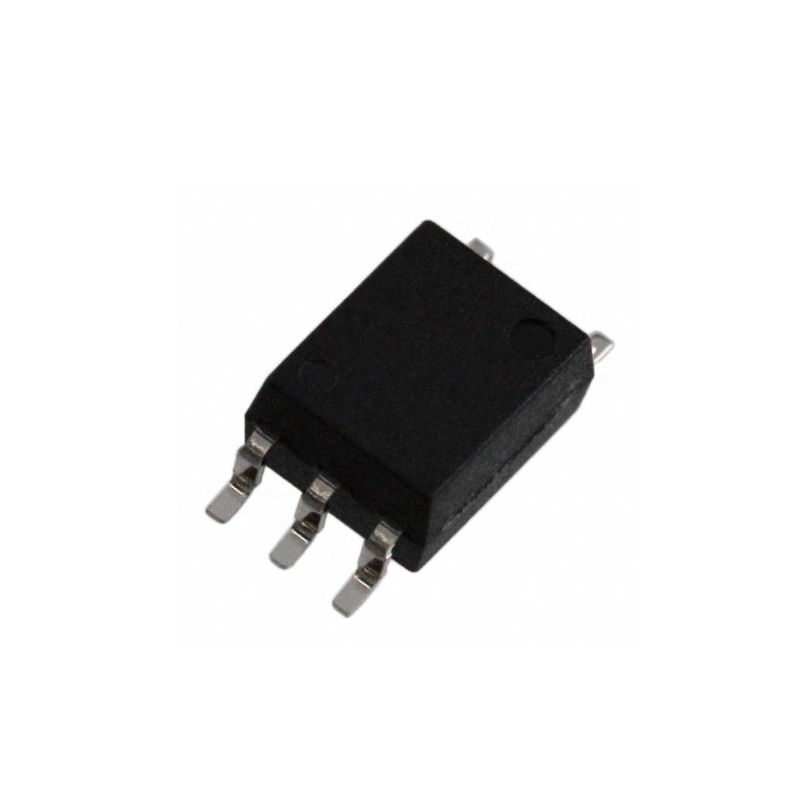
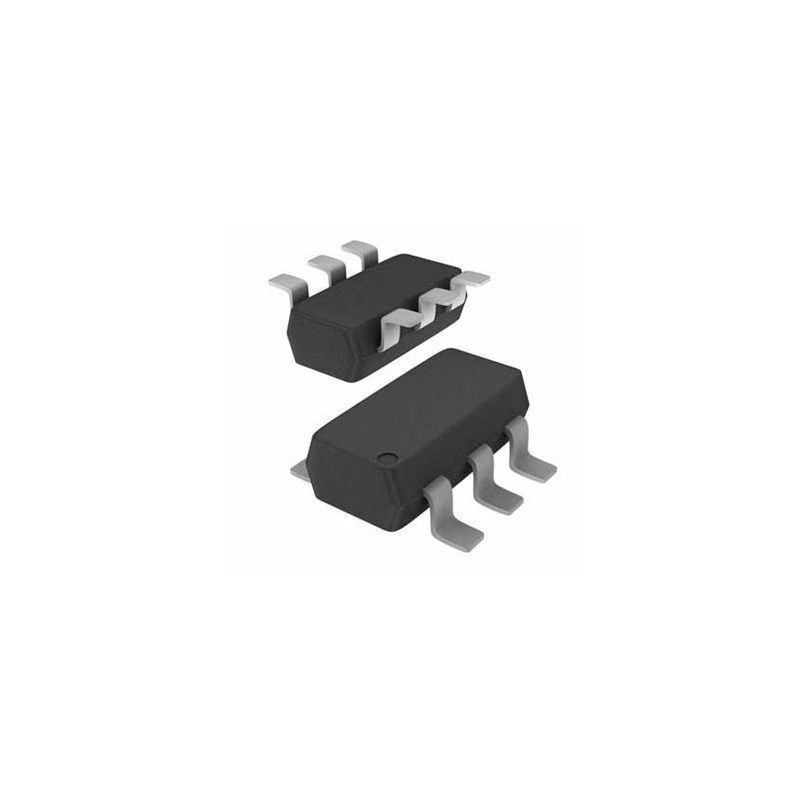

.jpg)
